Samara Banks was the life of the party. Everyone waited for her to arrive at family gatherings, knowing that she would be the one to rally her cousins and entertain the crowd with a song or dance.
“She was always happy and hopeful,” Latanya Byrd says. “She loved children and people loved her naturally. And that’s not just because she was my niece — she was the one who brought the joy.”
It’s been a decade since Banks and three of her sons were killed while crossing the 12-lane Roosevelt Boulevard in North Philadelphia. They were hit by a drag-racing driver going 79 mph behind the wheel of an Audi. Banks was 27; her sons Saa’mir, Saa’sean and Saa’deem were all 4 or younger.
In the aftermath of the accident on Philadelphia’s most dangerous road, Byrd became a traffic safety advocate, working to prevent future tragedies like the one that tore a hole in two generations of her family. She’s pushing for change at the city, state and federal levels; she fought for the bill that allowed Philadelphia to install automated speed enforcement cameras along the boulevard, which Mayor Jim Kenney signed into law in 2019. The cameras and concomitant fines, which began operating in 2020, reduced speeding by 92% in their first 18 months. In the two years since speed cameras were installed, fatal crashes on the boulevard have decreased 44% compared with the prior two-year period, falling from 25 to 14, according to city data. Speeding-related crashes also declined 22%.
I am angry every day.”
— Latanya Byrd, traffic safety advocate
In 2016, Philadelphia signed onto Vision Zero, joining a network of cities around the country seeking to eliminate traffic fatalities and serious injuries. Mayor Kenney laid out a three-year action plan that set the stage for a series of projects that have sought to address speeding, improved intersections, calmed traffic around schools and expanded the city’s network of bike lanes.
But in the seven years since the city declared its goal to eliminate traffic deaths by 2030, the trend in traffic safety has mostly been moving in the other direction. Philadelphia experienced 76 traffic deaths in 2017 and has seen more than 120 in each of the past three years; serious injuries have risen nearly 80% in that time. Despite the city’s efforts, the accidents — and deaths — keep piling up. By August this year, eight cyclists had been killed in the city, matching the previous annual record set in 2021. The Vision Zero name increasingly seems like a cruel joke.
“I am angry every day,” Byrd says. “When I hear the news my stomach gets in knots. You feel good for the wins, but no matter what we do there are still people dying.”
The city has been “ambitiously and ferociously applying for federal grants” to redesign high-injury corridors — the 12% of city streets where 80% of traffic deaths occur — and finding plenty of success in doing so, according to Nicole Brunet, policy director for the Bicycle Coalition of Greater Philadelphia. But for all of the bright ideas that undergird Vision Zero’s grandiose goals, they feel even further away than when they were first pronounced. With a new mayoral administration incoming — likely Cherelle Parker, who has shared little about her approach to traffic safety — advocates worry that the chance for progress may be slipping away.
“The biggest thing holding us back is that safety infrastructure is still not given the budget and the personnel to be serious about getting us to zero fatalities,” Brunet says.
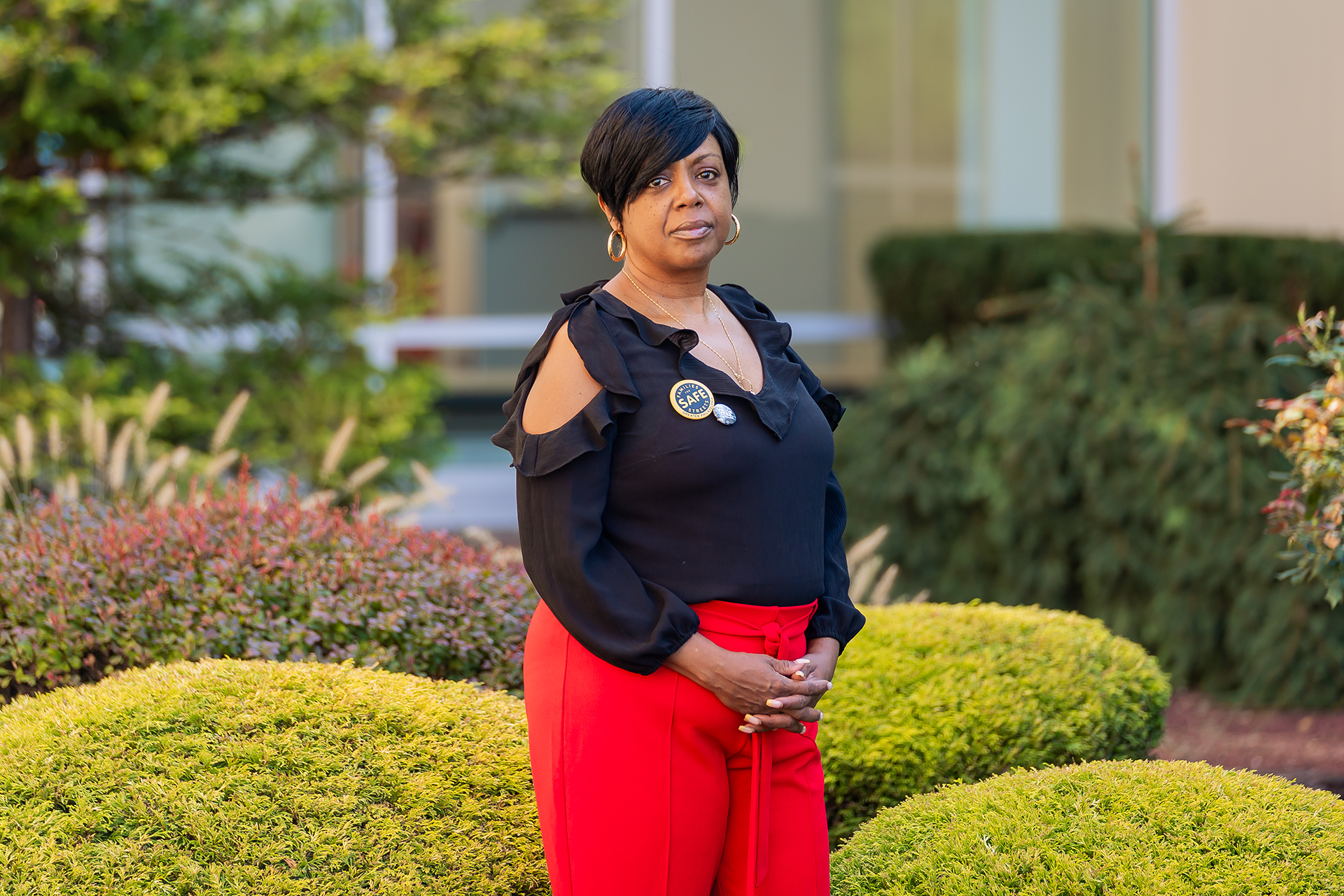
Limited Budget, Limited Results
As with so many potential solutions to Philadelphia’s woes, consistent funding is a key challenge for Vision Zero. The city secured $23 million in total capital funding for Vision Zero projects in fiscal year 2023, including both federal funds and state funds for automated speed and red light enforcement. That represents nearly as much funding as Vision Zero had in the previous two years combined. But even with growth in dedicated funding and an influx of federal grants, the City faces an uphill battle in trying to eliminate more than 100 traffic deaths each year.
“We’re always going to be priority setting in a limited budget world,” says Kelley Yemen, the City’s director of Complete Streets.
The changes on Roosevelt Boulevard demonstrate the value of funneling capital investments toward the city’s most dangerous streets, Yemen says. A state report on the automated speed enforcement program found a 36% decrease in total crashes on the boulevard after the program began, along with a 17% drop in speeding-related crashes and an 11% decline in total crashes with fatalities or serious injuries. The program also underscores the potential for automation to help the city’s effort to reduce risk on the roads.
“That program and the vast improvements really just prove the consistency of an improvement is important,” Yemen says. “Spot enforcement is only going to bear fruit when you’ve got somebody there. The beauty of camera and automated enforcement is that it’s on 24/7. You know that if you’re 11 [mph] over, it’s going to get triggered.”
In an era when policing has become a hot-button political issue, automation offers Philadelphia an avenue to improve enforcement without expanding its police presence. Enforcement, in general, has never been the priority for Vision Zero, Yemen says, particularly police enforcement. It’s “part of the toolbox,” she says, “but it’s not the first step.”
But automation also opens the door to changes in police practices that might contribute to Vision Zero’s goals. Following a recent hit-and-run that killed a pedestrian in Port Richmond, District Attorney Larry Krasner said he wants to crack down on drag racers and other reckless drivers with the use of “modern enforcement techniques.”
Philadelphia officials have spoken with their counterparts in other cities about ways to harness technology to improve traffic safety, Yemen says. Washington, D.C., for example, recently introduced automated enforcement at stop signs, and Philadelphia has had conversations about automated enforcement of parking or moving violations to make transit lanes safer. The Bicycle Coalition supports assisted bus lane enforcement, which was piloted this spring and could be up for a hearing in City Council this fall, Brunet says. The Department of Streets is also working with the Philadelphia Parking Authority to expand the use of red light cameras at locations where crashes are commonly caused by cars running lights, Yemen says.
The law allowing speed cameras on Roosevelt Boulevard is set to expire later this year, but City officials are pushing to make it permanent and expand it to other areas of the high-injury corridor. Yemen says the city is conducting analysis on roads including Cobbs Creek Parkway, Henry Avenue, Lincoln Drive and Kelly Drive — areas “where we’ve got continuous speeding and a large crash problem.”
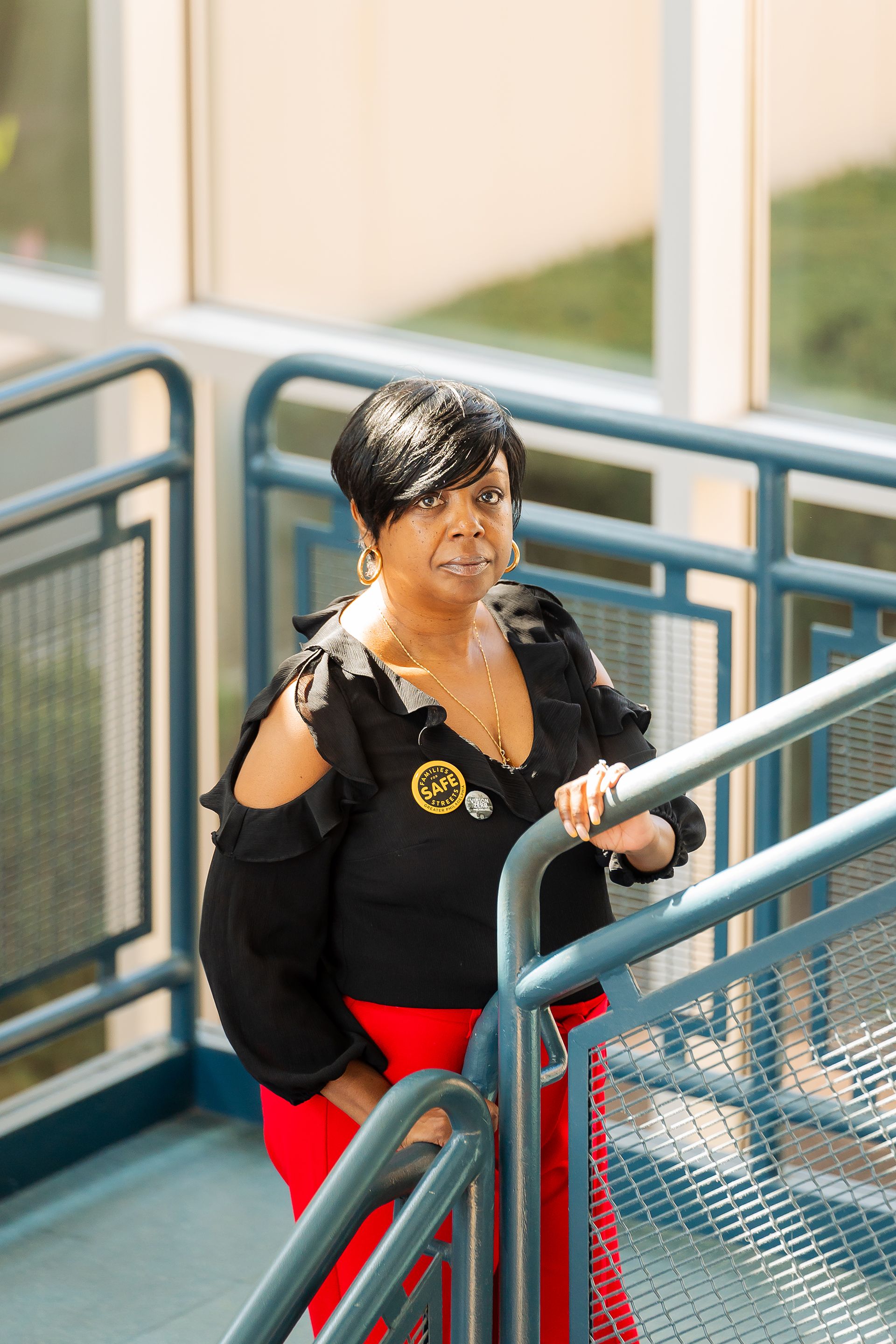
Small-Scale Safety
As the City seeks to address the streets that pose the greatest threat to safety, it’s also trying to bring change down to the neighborhood level. With the Neighborhood Slow Zone Program, community members can apply to make an entire zone of residential streets safer. Residents lead discussions on improvements, including speed limits of 20 mph, speed cushions, raised crosswalks and other measures.
The program offers the potential for meaningful change, but as with other traffic safety projects, resources are limited. The city received 28 applications from neighborhoods in 2019 and selected two — one around Willard Elementary School in Kensington and one in the nearby Fairhill neighborhood. Those Slow Zones were completed in 2021 and last year they saw no serious injuries or fatal crashes. Overall, crashes fell 75% from the three-year average before the Slow Zones were installed. The City received 33 applications in its second round and just began the community design process for Slow Zones in West Passyunk and 10th Memorial Way, which borders Girard College.
Listening to community concerns — and responding accordingly with infrastructure improvements — is an important step for the City in the effort to build safer streets, Brunet says.
“Our society has a terrible history of coming in and choosing how neighborhoods look without talking with the communities that live there,” she says.
The challenge facing Vision Zero, though, is that residents in so many neighborhoods across the city want their streets to be safer. At the current pace, it would take decades to address just those who have already applied for help.
The annual paving process offers an opportunity for less-comprehensive updates to the city’s residential streets that could allow for the kinds of small-scale change that leads to meaningful results, but the City has a woeful history of paving progress.
In the Bicycle Coalition’s 2023 Better Mobility Platform, Brunet urged Philadelphia to separate its transportation initiatives from sanitation, both of which are currently housed in the Department of Streets. Doing so, she argues, would allow the city to address its overwhelming paving backlog. To meet national standards, the city should be paving a minimum of 131 miles of streets each year, out of its 2,180-mile network. The last time it hit that target was 2002, and for most of the last decade the annual total has fallen below 50. That shortfall is a direct challenge to Vision Zero’s effort to keep streets safe.
“We can’t maintain the roads at the rate they need to be maintained,” Brunet says, “therefore we can’t upgrade the roads that desperately need to be upgraded.”
Even if annual improvements fall short of expectations, the City’s paving schedule needs to be more transparent to give communities a window to push for change in their own neighborhoods, according to Jonas Maciunas, a West Philly-based urban designer and the former Complete Streets coordinator for Hartford, Connecticut. Residents are too often told when they propose safer street designs — adding daylighting at intersections or speed cushions to slow drivers, for example — that it’s too early to consider changes, only to realize once their street is being paved that it’s suddenly too late, he says.
“Every single paving and curb cut project is an opportunity to change the status quo,” Maciunas says. “There are too many times where we dig up the sidewalks, dig up the corners, pave the new street — and operationally nothing changes. We’re not rich enough to make decisions like that.”
Residents are vocal about the changes they want to see in their communities, but too often, requests to the City seem futile. The City has a backlog of more than 500 requests for speed cushions, Brunet says.
“Our City can do a better job of telling people how long it takes to get a stop sign, speed cushion or line striping, and communicate that with people,” Brunet says.
Communities Take Control
In 2015, just before Vision Zero got off the ground, West Philadelphia resident Dave Brindley gathered up stray traffic cones to create a makeshift protected bike lane on the 3700 block of Spruce Street, where pedestrians, cyclists and a steady line of vehicles come together in a dangerous dance. Years later, Spruce Street was repaved and flexible delineators were installed to help address the problem, but they only covered a portion of the street. His cones remain on the unprotected portion of the street, a vestige of what’s become known as tactical, or guerilla, urbanism — citizen-led efforts to alter streetscapes without government permission or support.
It shouldn’t be up to us to go out and re-engineer the road under the cover of night in order to make things safer.”
— David Brindley, West Philadelphia resident
Too often, Brindley says, safety improvements aren’t adequately considered on high-speed roads that exist outside of Vision Zero’s focus on high-injury corridors. He considers it “a break of the social contract.”
“We expect our City officials to do what is in their power in order to keep us safe,” Brindley says. “It shouldn’t be up to us to organize petitions. It shouldn’t be up to us to go out and re-engineer the road under the cover of night in order to make things safer.”
In lieu of City action, some Philadelphians have bought speed cushions to place in their neighborhoods or painted their own surface treatments directly onto streets. Yemen says the city “appreciates that passion” and wants to work with neighbors on improvements, but “we don’t want traffic control devices just to appear that aren’t designed for the roadway.” She points to the City’s plaza design program, which encourages the conversion of underutilized portions of streets into public spaces as a way for local communities to take control of their own infrastructure improvements.
On 48th Street in West Philadelphia, neighbors found a creative way to demonstrate the benefit of changes they wanted the city to make on a street where accidents and injuries are far too common. The street’s 44-foot width makes it 10 feet wider than parallel streets, giving drivers the space to increase their speed and promoting reckless behavior. Last year, neighbors gathered more than 500 signatures and urged Councilmember Jamie Gauthier to ensure the street would be repaved with a “holistic plan” for traffic calming and safety improvements. They argued for a two-way bike lane protected by a line of parked cars that would address several safety issues at the same time.
When the City milled the street earlier this summer — foreshadowing a repaving that might return it to the status quo — neighbors organized what Maciunas calls a “real-life simulation” of the world they envisioned. Cars were moved away from the curb, creating a path for two lanes of cyclists who hopped on their bikes and showed that something better is possible.
“It existed for 15 minutes, but it was a great 15 minutes,” Maciunas says. “It was a glimpse of a future we could have.”
As of August, 48th Street had been repaved but remained unstriped, leaving open the possibility that the traffic simulation could be made real. For however long that window stays open, neighbors can hope for a permanent step toward safety.
A Long Way to Go
In North Philadelphia, the progress on Roosevelt Boulevard has helped Latanya Byrd feel that Banks and her sons didn’t die in vain. The data showing an enormous reduction in speeding once automated enforcement began was “unbelievable,” she says.
“That’s what we wanted. We wanted to get a message out to let people know, you’re endangering the lives of other people,” Byrd says.
For years after the accident, she avoided traveling on the boulevard. Now that she trusts most people are sticking to the speed limit, she’s more comfortable returning.
Notably, pedestrian fatalities on the boulevard fell from 11 in 2018 to just four in the past two years, according to City data.
Byrd is fighting to ensure the enforcement mechanisms that created that change are made permanent — and that they spread to other sections of the city. She’s also advocating for a law that would aim to help catch hit-and-run drivers by alerting auto repair shops of wanted vehicles, in honor of 8-year-old Jayanna Powell, who was killed in West Philadelphia in 2016.
Byrd gets excited when she sees new funding fall into place for the City to implement additional traffic safety measures. Still, she recognizes there is a long way to go to reach Vision Zero’s goals, and no time to waste.
“It’s moving forward, but it’s so slow,” Byrd says. “The way things go in the world today, everything is political and it shouldn’t be. Let’s just think about the people’s lives we need to save.”


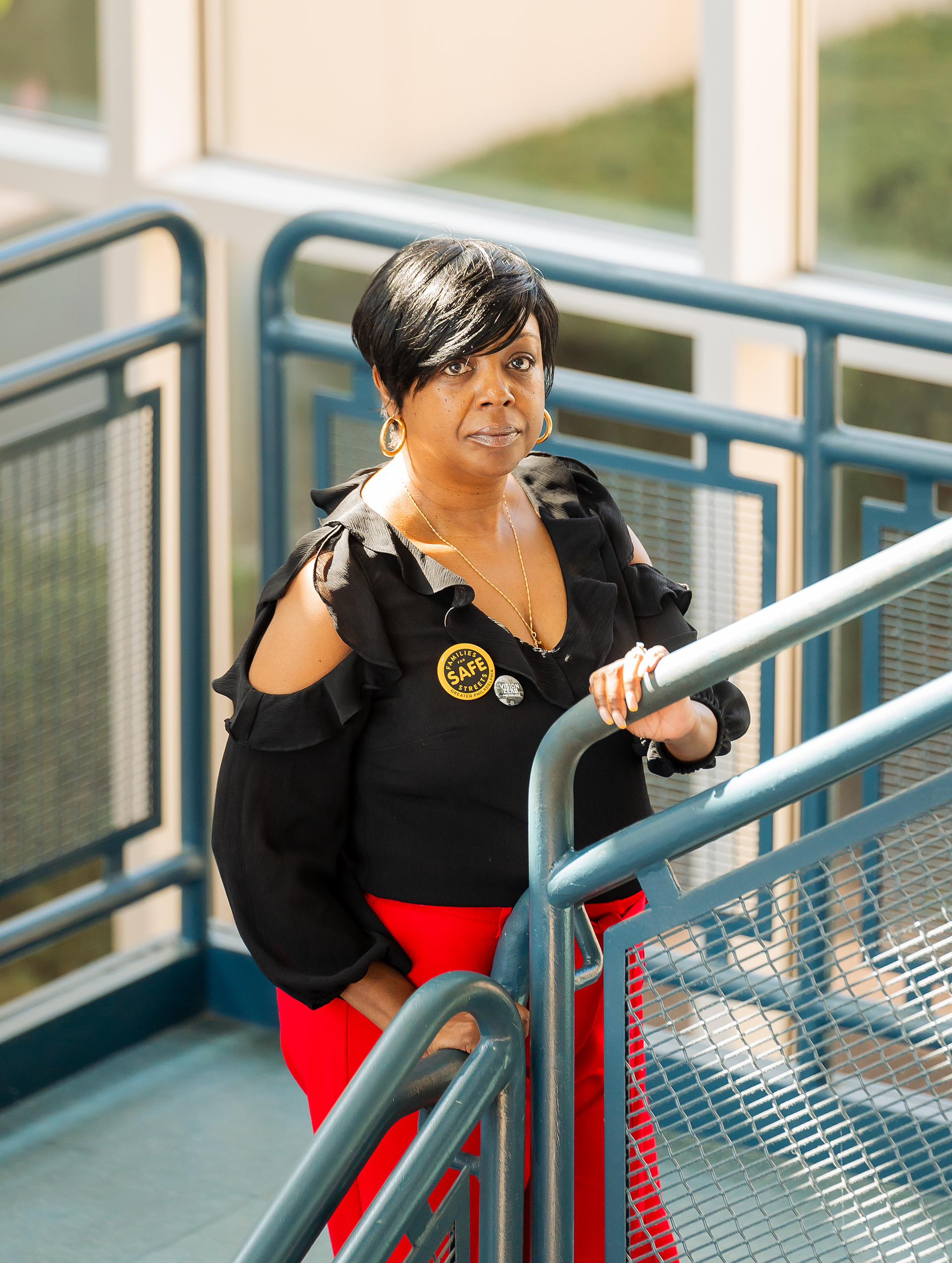
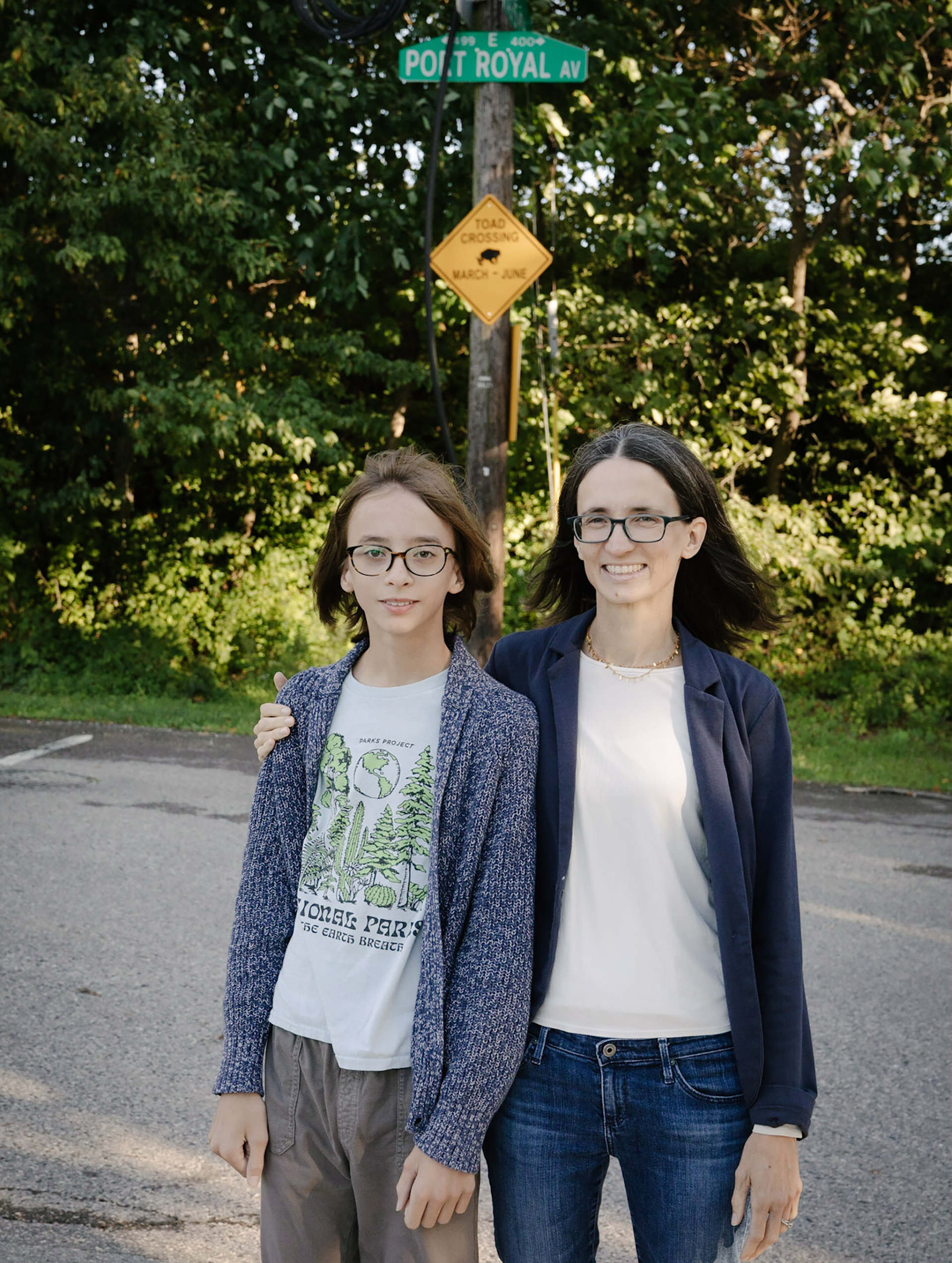

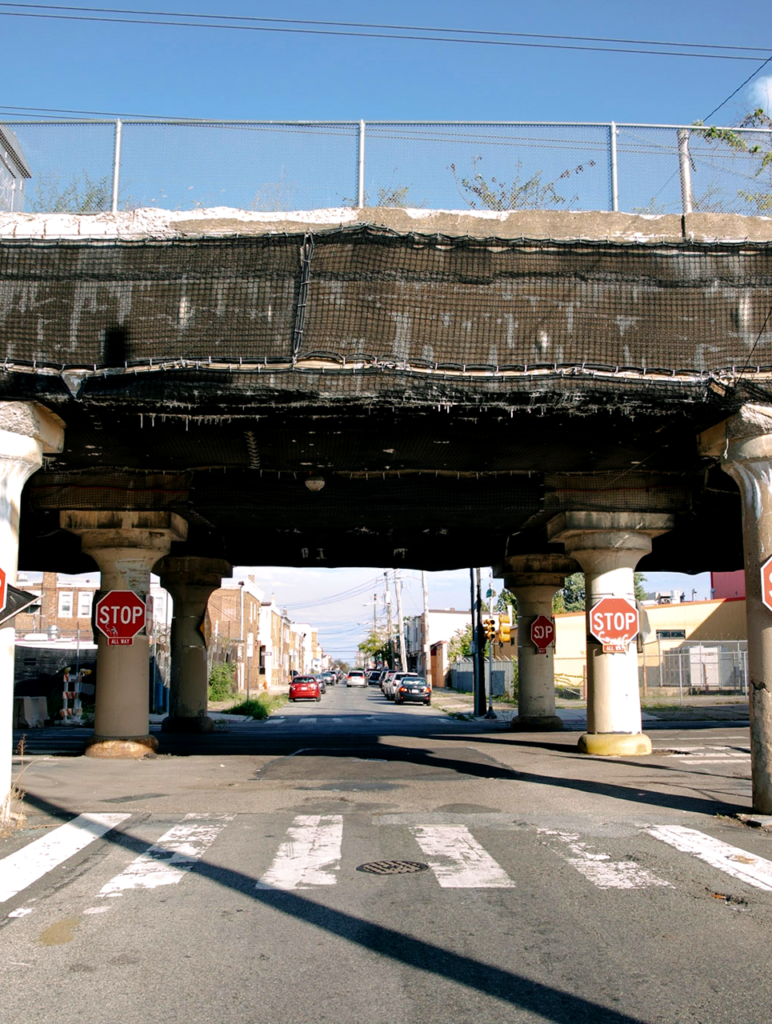
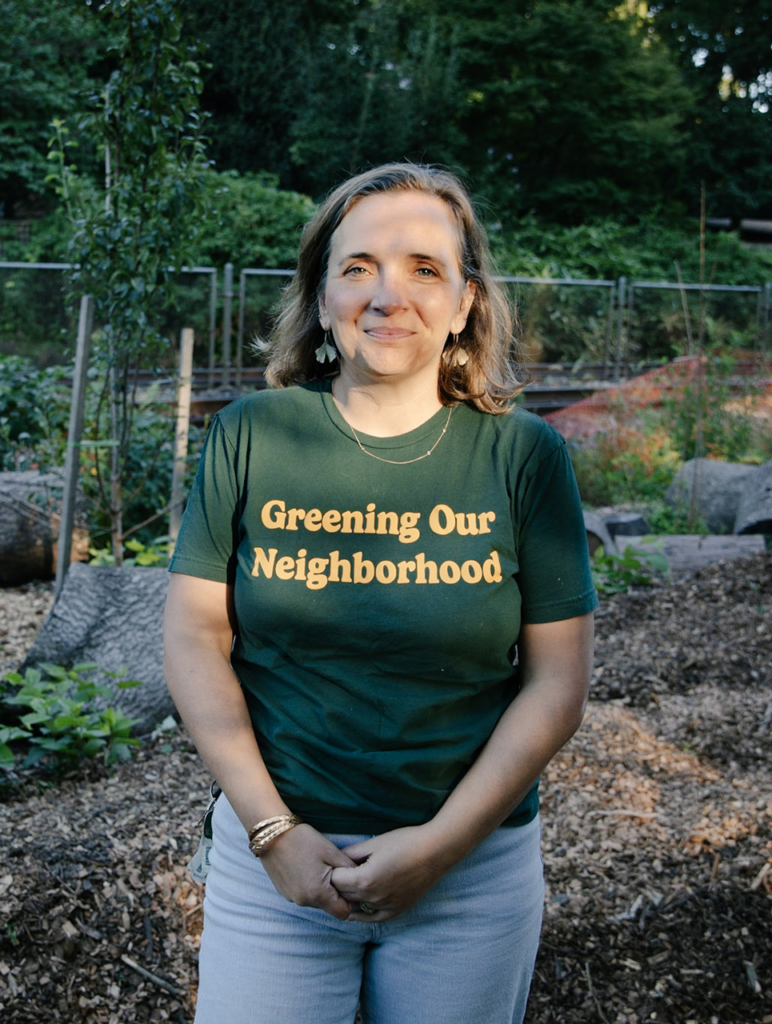
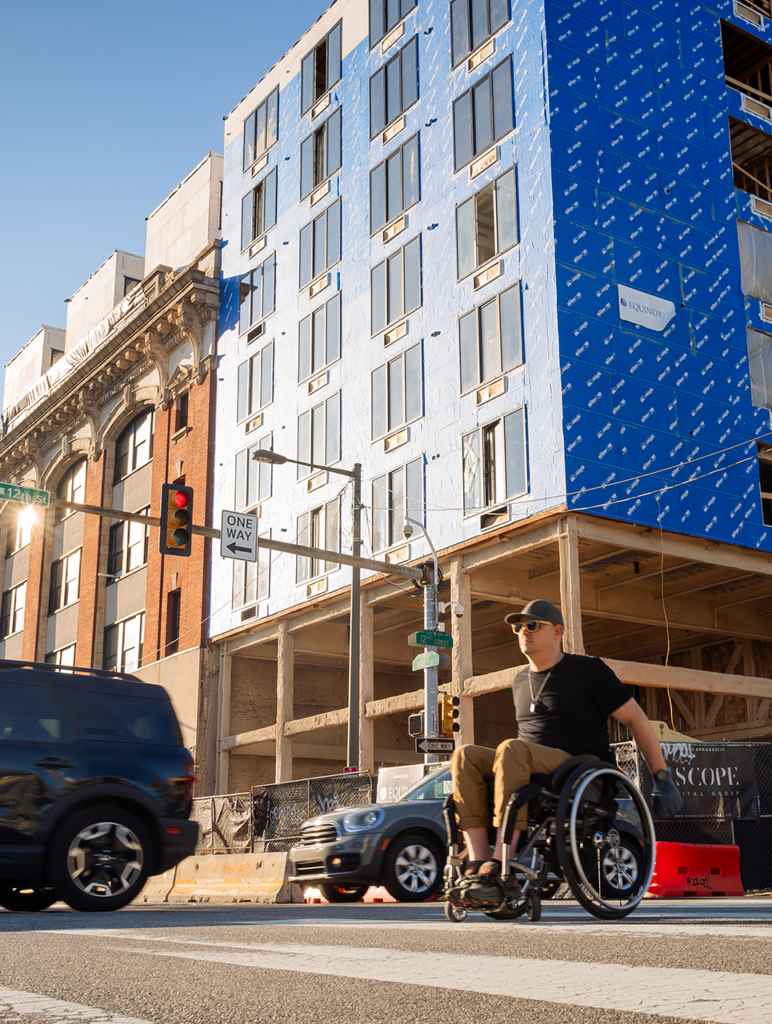
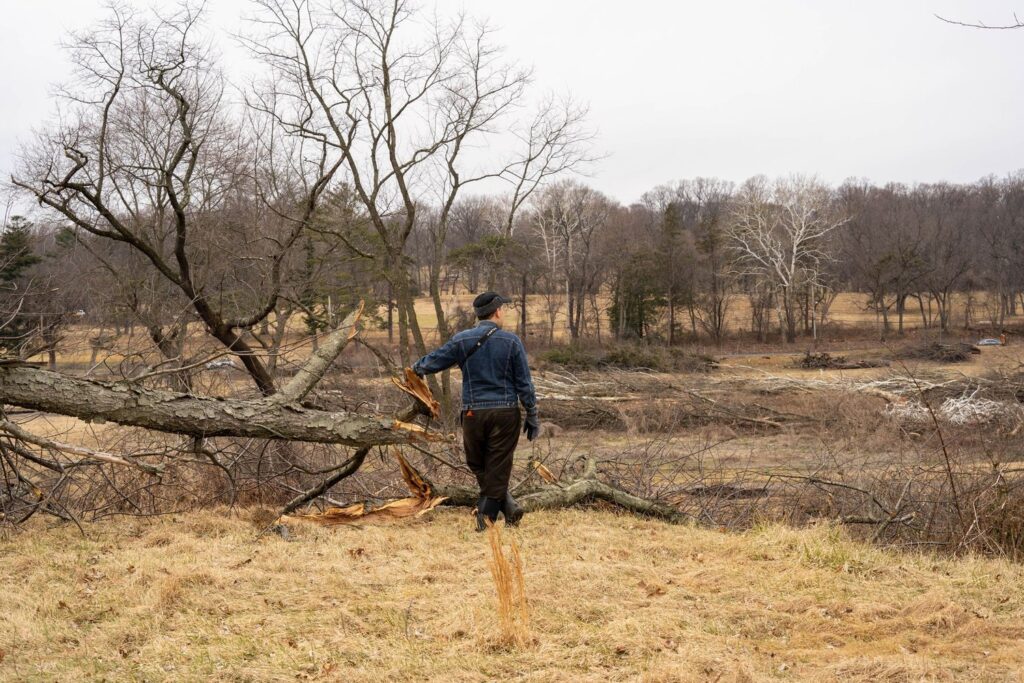
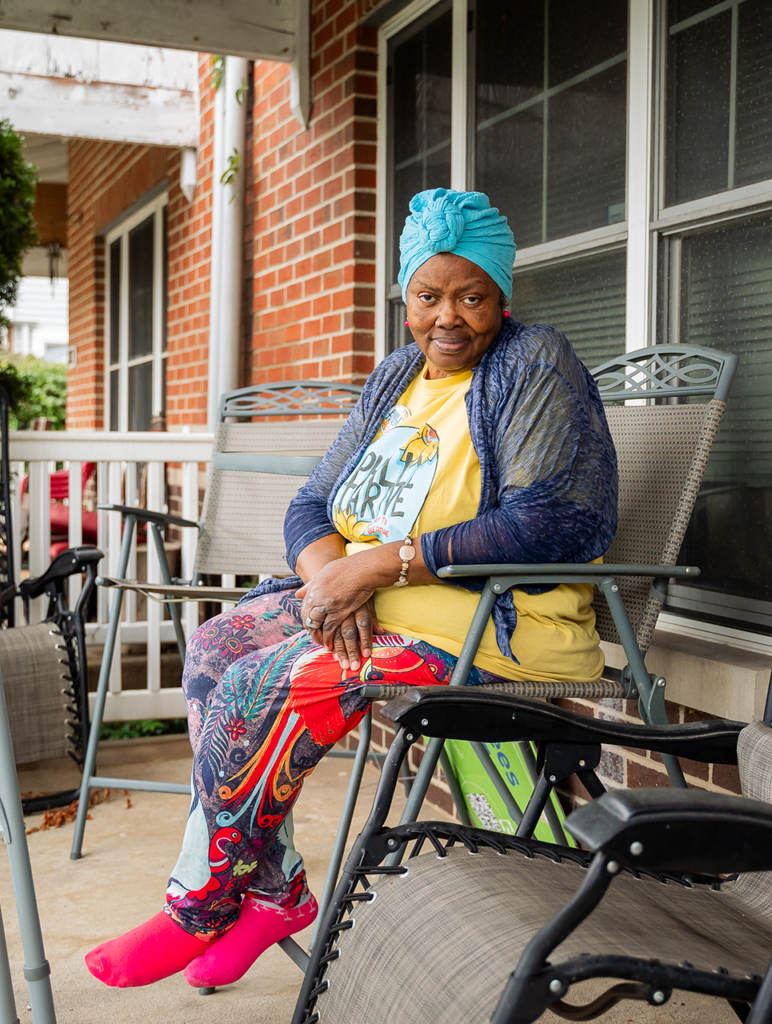
This was a blessing to read my name is Dominique Lockwood, I’m the founder of Embracing Gods Angels nonprofit organization. My main mission is to create safe zones starting in Philadelphia by placing street signs in the low priority neighborhoods.
Vision Zero, as far as I can tell, has always been more marketing than substance.